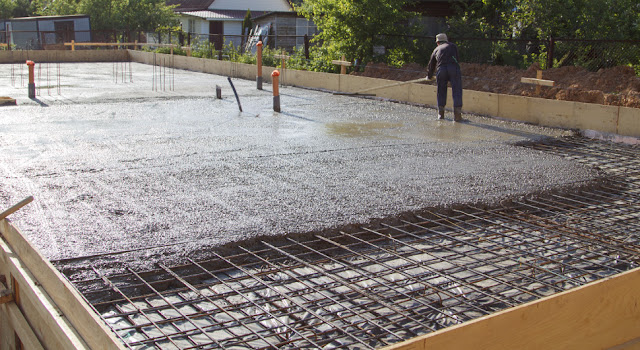How Wire Mesh is Made: A Closer Look at the Manufacturing Process
Wire mesh, a versatile and essential material in various industries, plays a crucial role in providing structural support, filtration, security, and aesthetic appeal. From construction to industrial applications, wire mesh has become an integral part of our daily lives. Have you ever wondered about the intricate process behind the creation of this remarkable material? In this article, we'll delve into the step-by-step process of how wire mesh is made. Introduction Wire mesh, also known as wire cloth or wire fabric, is a grid-like arrangement of interlocked wires, creating a uniform pattern with evenly spaced gaps. It finds applications in industries such as construction, agriculture, mining, and even in everyday items like sieves and fences. Understanding Wire Mesh Wire mesh consists of parallel wires that are welded or woven together at their intersections. The size of the gaps between the wires, known as the "mesh size," can vary widely, making wire mesh suitable for...


